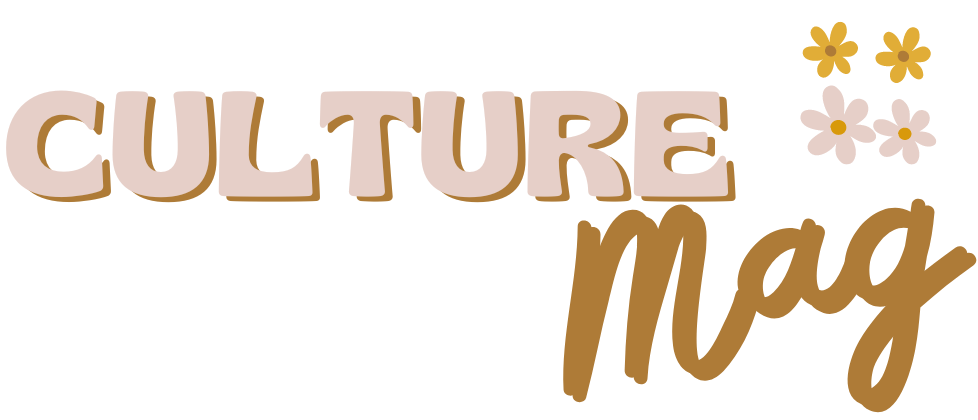The art of making good decisions
Each day brings its share of opportunities and paths to take, requiring choices that shape our lives. What we decide often relies on our ability to weigh the pros and cons, but do you know the power of asking yourself “what if”? I invite you to explore the counterfactual reasoning, this fascinating mental skill that allows us to consider other realities and potentially improve our decision-making. Without being tied to a current event, this timeless topic can help you reflect on how you approach your daily decisions and well-being.
Understanding counterfactual reasoning
THE counterfactual reasoning often surfaces in our moments of reflection, when we wonder what would have happened “if things had been different.” From the psychologist Eva M. Krockow to the counseling specialist Nicholette Leanza, experts agree that this form of thinking is more than just daydreaming: it is a cognitive process where we create alternative scenarios to the events we experience. Understanding this concept allows us to gain an enriching perspective on our past choices and actions, paving the way for a better understanding of our decisions.
Explore the various facets of counterfactual reasoning
The varieties of counterfactual reasoning are multiple: they can be bottom-up, imagining better possible results, or top-down, considering less favorable outcomes. They can also be additive in nature, adding elements to a past scenario, or subtractive, removing aspects of the real scenario. As the psychologist states Claire Pétin, these differences can have a significant impact on our state of mind and motivation. By understanding these nuances, we are better equipped to use this type of reasoning to our advantage.
The double edge of counterfactual thinking
While the benefits of counterfactual thinking are obvious – such as learning from our mistakes – this approach also carries risks. It can lead to a form of rumination, where we remain fixated on regrets or past failures, as described by the author and psychologist Louise Leboyer. Because of this, it is crucial to recognize the limitations of this thinking to avoid consequences such as anxiety or a loss of focus on the present, which could ultimately hinder our well-being.
Counterfactual thinking and its influence on our decisions
Therein lies the transformative power of counterfactual thinking: it helps us learn from lived experiences, building on “what if” scenarios. It thus embodies a driving force for establishing objectives and change. Louise Auberybetter known as MyBetterSelf in social media, promotes the constructive use of this thinking to shape informed decisions and future aspirations. By applying counterfactual thinking with discernment, we are able to project ourselves towards a better version of ourselves.
Cultivate measured counterfactual thinking
As we near the close of our exploration, let’s recap the essence of counterfactual thinking. This process reminds us of the importance of evaluating our past choices and finding lessons from them. However, it should be practiced in moderation so as not to fall into counterproductive introspective excess. Let’s take inspiration from “what if” situations to move forward, while remaining firmly anchored in the present – after all, it is the present that shapes our choices for tomorrow.
To summarize, adopting counterfactual thinking can really enrich our life experience. By exploring variations of this reasoning and recognizing its advantages and pitfalls, we are in a better position to positively influence our decision-making. Let’s not let past regrets hinder our future, but rather use them as springboards to better decisions. Think “what if”…but know when that thinking needs to give way to action.

